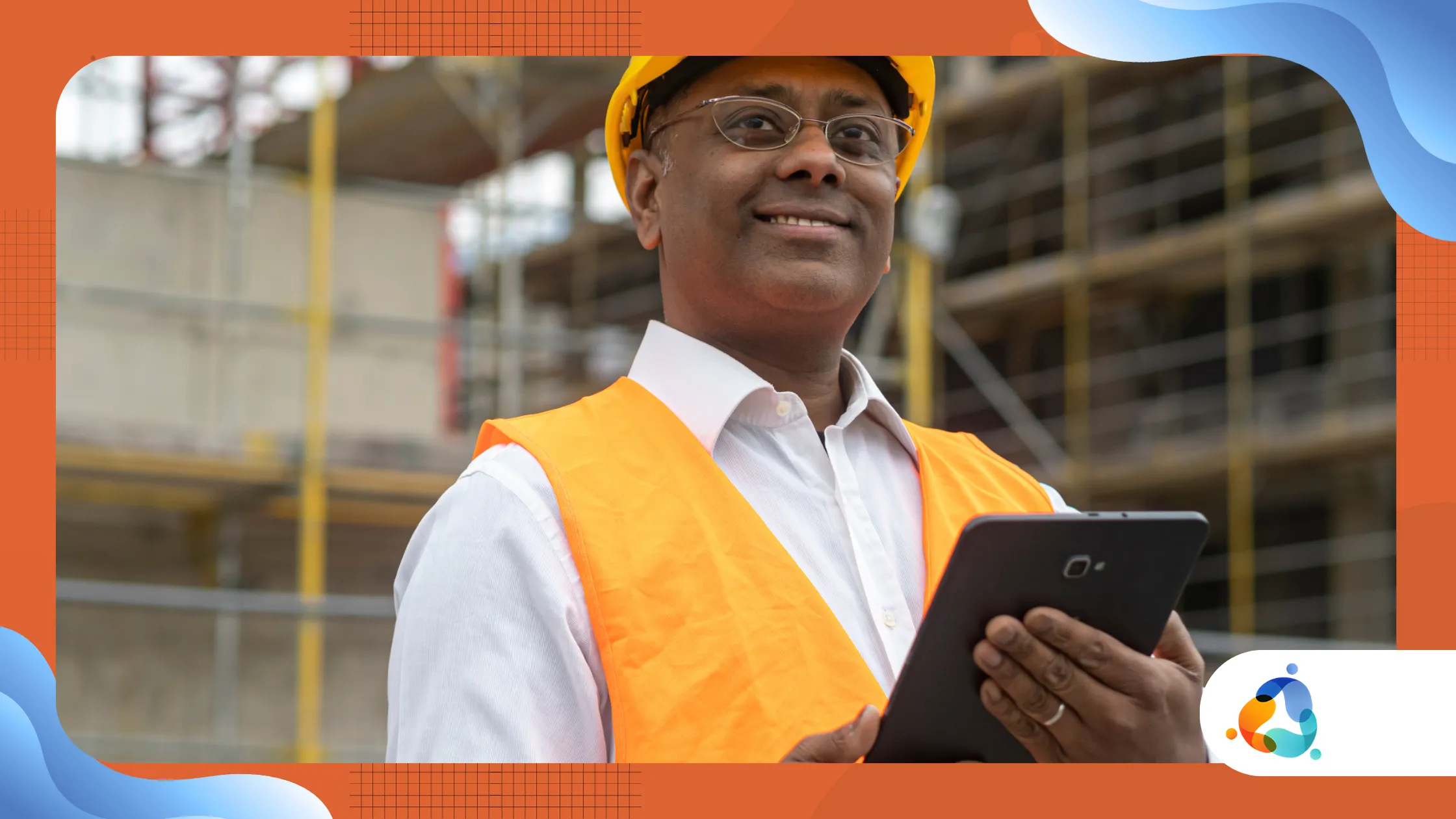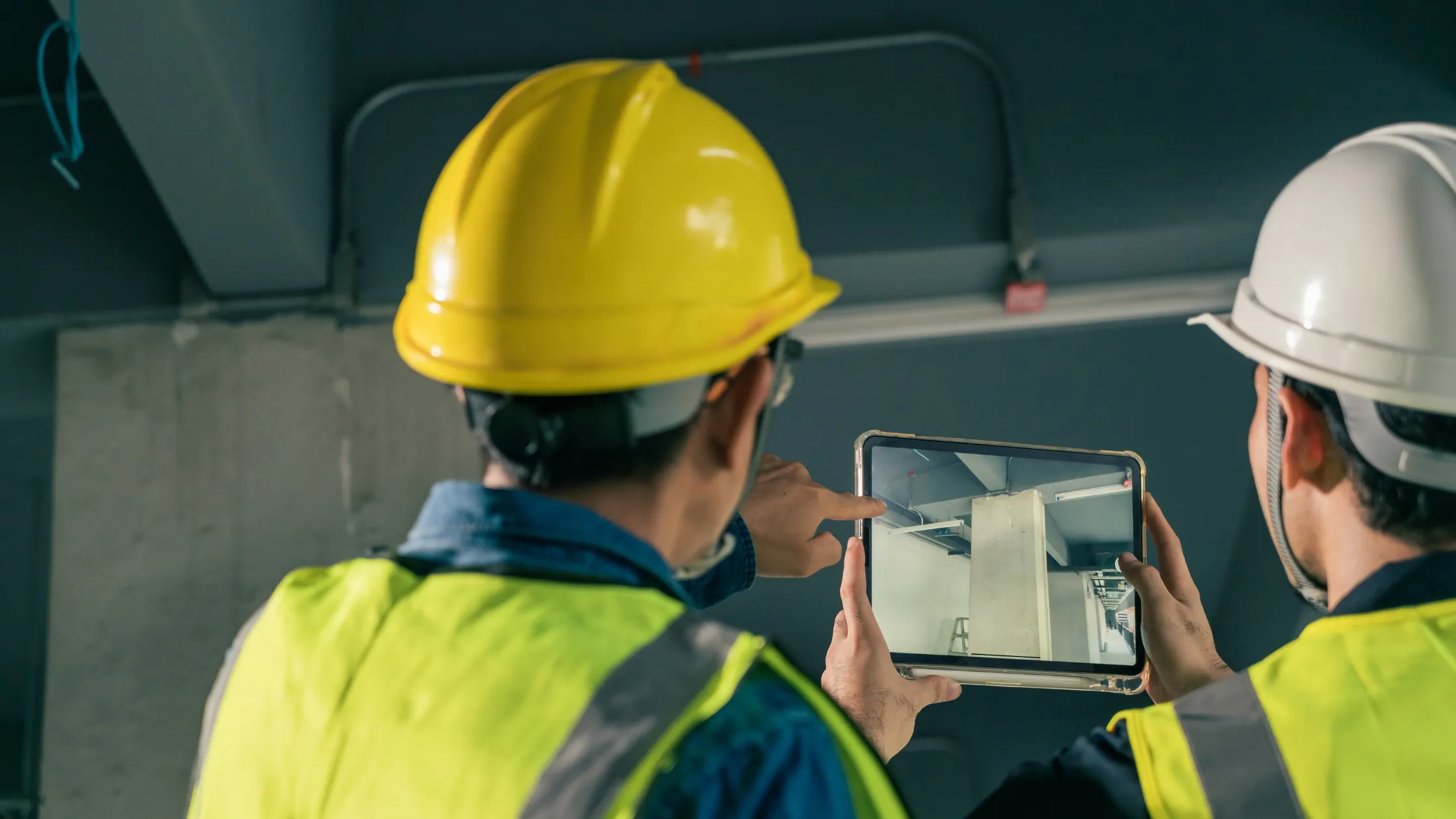How the Government is promoting digital inclusion for access to employment benefits

Advertisements
THE digital inclusion for access to labor benefits. And the digital revolution redefines the way citizens interact with the State, and a fundamental pillar of this transformation .
For a long time, bureaucracy and paperwork were insurmountable barriers.
Now, technology emerges as a bridge, democratizing access to essential rights and breaking with a past of inequality.
The pursuit of efficiency and universalization of public services is a constant challenge. Brazil, with its vast territorial expanse and demographic diversity, faces unique challenges.
The creation of digital platforms has simplified complex processes, allowing workers to access information and request benefits from anywhere.
From Paper to App: The Modernization Journey
The transition from physical processes to digital platforms isn't just a convenience. It's an urgent necessity.
Advertisements
Imagine a rural worker in the interior of the country, needing to travel hours to a branch. Digitalization eliminates this geographical barrier.
Apps like the Digital Work Card are living proof of this change. They replace physical documents, centralize information, and make citizens' lives easier.
The same goes for access to unemployment insurance, which can now be requested entirely online.
This approach reflects a commitment to streamlining bureaucracy. The goal is to empower workers and empower them to control their data. User experience is crucial in this new scenario.
Read more: Pejotização: what it is and how it is affecting labor rights in Brazil
Accelerating Access: Public Policies and Government Tools
The advancement in digital inclusion for access to labor benefits is anchored in concrete public policies. The government has invested in technological infrastructure and the creation of intuitive tools.
The idea is to ensure that technology is an ally, not an obstacle.
The creation of innovation labs in public agencies is one example. In them, multidisciplinary teams work to optimize digital services.
The focus is on a simplified user experience, accessible to all age groups and levels of familiarity with technology.
The Gov.br portal is a centralized service hub. It brings together over 4,000 services, simplifying the citizen's journey. It's a powerful tool in the fight against information fragmentation.

Challenges and Opportunities in the Inclusion Scenario
Despite progress, the path to full inclusion is not without its challenges. Lack of internet access in remote areas and limited familiarity with technology are obstacles.
The digital divide can create a new form of inequality, where those without access to technology are left on the margins.
Data from the Brazilian Institute of Geography and Statistics (IBGE) reveals that in 2023, approximately 36 million Brazilians aged 10 or older did not use the internet. This number highlights the scale of the challenge.
Inclusion isn't just about providing an app. It requires digital literacy.
Digital training programs are the answer to this gap. The government and the third sector need to work together to teach the population how to use the available tools.
It's not enough to give a fishing rod, you need to teach how to fish in the digital world.
++ Which workers are entitled to pre-retirement stability?
Practical Examples: The Life that Digital Inclusion Transforms
To understand the impact of digital inclusion for access to labor benefits, nothing better than real life.
João, a 50-year-old bricklayer from the interior of Minas Gerais, had never used the internet for anything other than messaging.
When he became unemployed, his daughter helped him apply for unemployment insurance through the app. In just a few minutes, a process that would previously have taken days of travel and endless lines was completed.
Another case is that of Maria, a young mother who formalized herself as an Individual Microentrepreneur (MEI).
++ How dental insurance is treated as a benefit and what it should cover
Using the Social Security app, she tracks her contributions and learns about her eligible benefits. She does this from home while caring for her children, saving time and money.
These examples show that digitalization is not a luxury, but a necessity. It empowers citizens, giving them control over their own lives.
Technology is a powerful ally in guaranteeing rights.
| Benefit | Before Digitization | After Scanning |
| Work Permit | Physical document, with handwritten notes. Risk of loss and misplacement. | Digital document on your cell phone. Access to all employment relationships. |
| Unemployment Insurance | In-person application at agencies. Queues and bureaucracy. | Request 100% online via app or website. |
| PIS consultation | You must go to a Caixa Econômica Federal branch or use the terminal. | Consult via the Caixa Trabalhador app or Gov.br portal. |
| Retirement | In-person bureaucracy to request and monitor the process. | Process monitoring and online contribution time simulation. |
Inclusion as a Pillar of Citizenship
THE digital inclusion for access to labor benefits It's not just about technology, it's about citizenship.
++ Management signs agreement with Caixa to integrate identification services for workers.
It's a step toward ensuring equal opportunities. By simplifying access to rights, the government strengthens its relationship of trust with citizens.
The digitization of public services is an ongoing journey, a relay race. Each step toward efficiency and accessibility contributes to a more just society.
THE digital inclusion for access to labor benefits is the key piece.
Can we, as a society, become complacent with progress or go further, ensuring that no one is left behind? The answer lies in how the state and civil society embrace this agenda.
Frequently Asked Questions
Does the Digital Work Card replace the physical version?
Yes, the Digital Work Card is the official document and completely replaces the printed version. The information is updated directly by employers.
Is it safe to provide my data on government digital platforms?
Yes, Brazilian government platforms, such as Gov.br, use security and encryption protocols to protect user data.
What should I do if I don't have internet access?
The government maintains partnerships with in-person service centers and telecenters in several cities to assist citizens who do not have access to the internet or mobile devices.